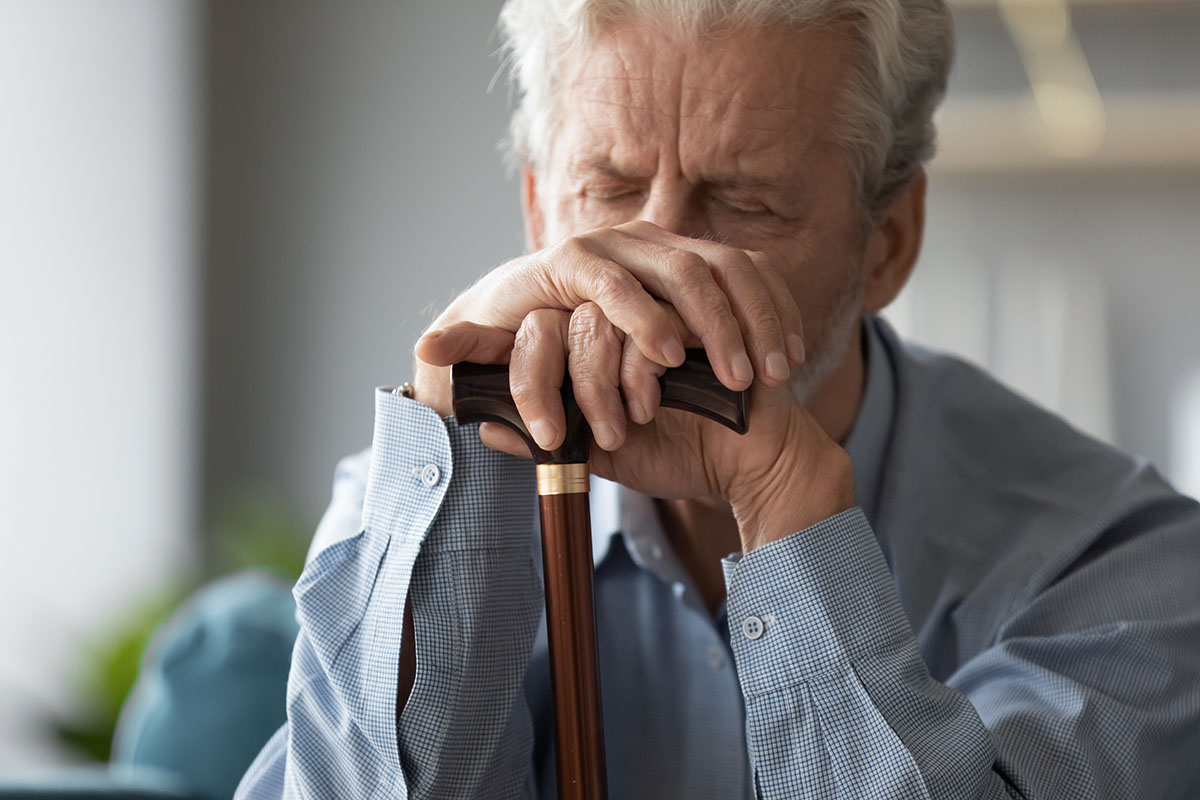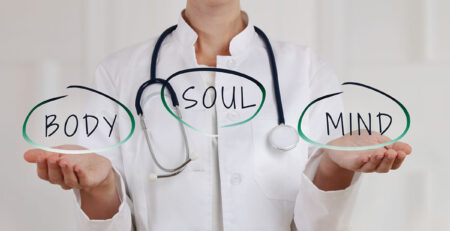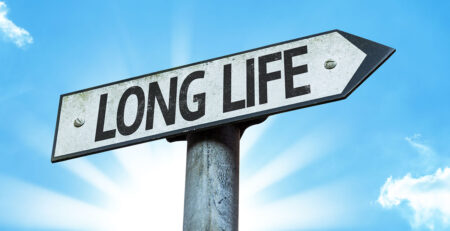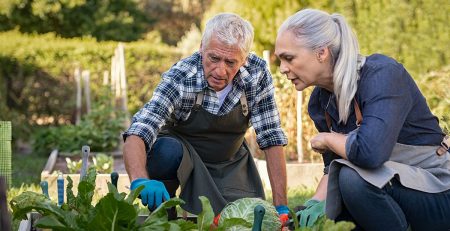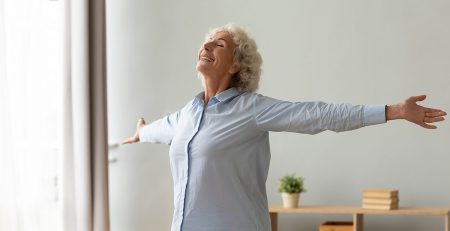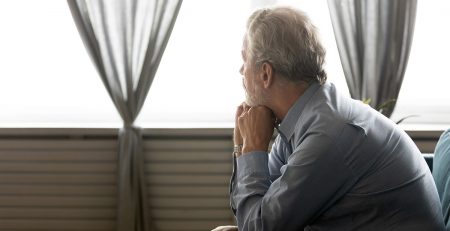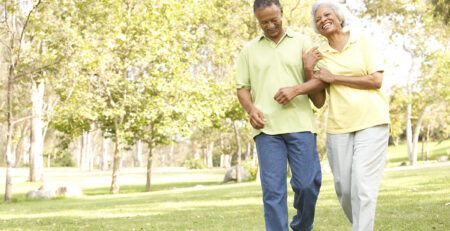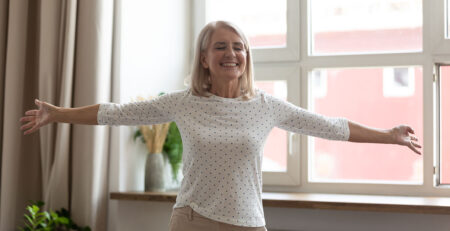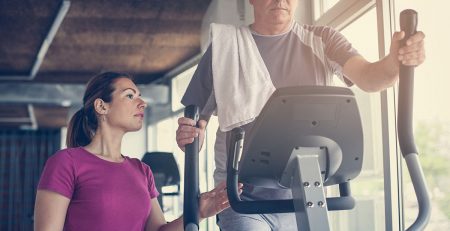Distraction, Mood and Memory: Good Medicine for Pain
While there are many coping mechanisms one can engage in when life is tough to handle, distraction has been shown to be effective in helping people effectively deal with depression. Interestingly, distraction has also been shown to be effective at managing and reducing physical pain.
When one takes his or her mind off pain for a while, it may seem less bothersome. Either self-distraction or forced distraction can both be effective at alleviating pain. This is especially true for those who work or live in enriched environments or those with lots of things to do, to see or listen to, and to take part in. On the other hand, those in simpler environments with less to do, experience more pain. There simply aren’t enough distractions.
Other forms of distraction that have been shown to reduce pain include:
- Exercise
- Practicing yoga
- Hobbies
- Watching movies
- Listening to music
- Reading a good book
- Socializing
- Having interesting conversations
- Immersing oneself in nature
All of these activities are positive and lead to an increase in the body’s production of its own natural pain killers. These activities also put people in good moods, which also influence the perception and experience of pain. When one is in a good mood, pain is less likely to drag down one’s mood. Also, when one is in a good mood, positive memories are more likely to be recalled, which can further decrease pain.
Being distracted, in a good mood and retrieving happy memories also stimulates neurochemicals which can elevate the mood even more and further decrease the pain. Evidence of this is prescription antidepressants which help not only mood but are prescribed for pain.
To sum it up, physical pain can intensify when people focus too much on it, are in a bad mood, and think about negative memories. On the other hand, to effectively decrease pain one needs to have positive elements of distraction which uplift mood and stimulate happy memories. The body and brain, then take over to produce chemicals to further assist at reducing pain.

